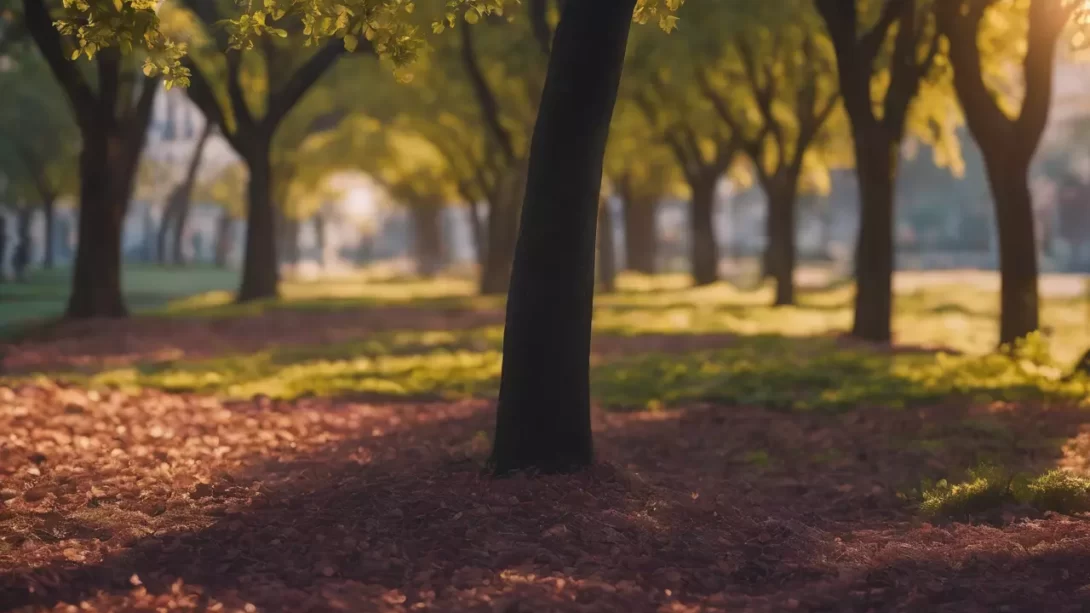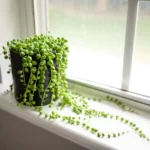Fertilizer spikes are a popular tool among gardeners for providing nutrients to trees. They are known for their ease of use and slow-release formula, designed to enhance tree growth and health. However, there’s a growing concern among tree enthusiasts and arborists: Can these concentrated sources of nutrients potentially harm or even kill trees? This article delves into the nature of fertilizer spikes and examines whether their use can be detrimental to tree health.
What are Fertilizer Spikes?
Fertilizer spikes are solid, spike-shaped fertilizers that are driven into the ground around a tree’s drip line. They are designed to slowly release nutrients over time, directly into the soil and root system. These spikes typically contain a balance of essential nutrients like nitrogen, phosphorus, and potassium, which are crucial for healthy tree growth. One of the main advantages of using fertilizer spikes is their convenience; they reduce the need for frequent fertilization and aim to provide a consistent nutrient supply.
Potential Risks of Fertilizer Spikes
Despite their benefits, fertilizer spikes can pose risks to trees if used improperly. The primary concern is over-fertilization, which can occur when spikes are used excessively or placed too close to tree roots. Over-fertilization can lead to nutrient imbalances in the soil, potentially causing harm to the tree’s root system and overall health. It can result in symptoms like leaf burn, stunted growth, and in severe cases, can contribute to the decline and death of the tree.
Another risk factor is the uneven distribution of nutrients. Unlike granular or liquid fertilizers that can be spread more evenly, spikes concentrate nutrients in specific areas, which can lead to localized root damage and hinder overall root development. This uneven nutrient distribution may not adequately meet the tree’s nutritional needs, especially in larger or more mature trees with extensive root systems.
Signs of Fertilizer Damage in Trees
Identifying fertilizer damage in trees is crucial for taking timely corrective measures. Common signs of over-fertilization include leaf scorch or burn, where the leaf edges turn brown and crispy. You might also notice a sudden wilting or yellowing of leaves, a condition known as chlorosis. In more severe cases, over-fertilization can lead to stunted growth, defoliation, or a noticeable decline in the tree’s overall health.
Another indicator of fertilizer spike damage is the abnormal growth or death of roots, especially in the areas surrounding the spikes. This can compromise the tree’s ability to absorb water and nutrients efficiently, leading to further stress and vulnerability to diseases and pests.
Safe Use of Fertilizer Spikes
To minimize the risks associated with fertilizer spikes, it’s important to use them correctly. First, follow the manufacturer’s guidelines on the number of spikes and the frequency of application. Spikes should be placed at the tree’s drip line – the circular area corresponding to the extent of its branches – rather than close to the trunk. This placement helps in distributing the nutrients more effectively to the roots.
The type of tree and its specific nutrient requirements should also be considered. Conducting a soil test before applying any fertilizer is a good practice, as it helps determine the existing nutrient levels and what the tree actually needs. Additionally, watering the area around the spikes can help dissolve the nutrients more evenly into the soil, reducing the risk of root burn and ensuring a more balanced distribution of nutrients.
Alternatives to Fertilizer Spikes
For gardeners concerned about the potential risks of fertilizer spikes, there are alternative methods for fertilizing trees. Granular fertilizers, which are spread on the soil surface and then watered in, offer a more even distribution of nutrients. Liquid fertilizers, applied with a sprayer or watering can, provide immediate nutrient availability and allow for more precise control over the amount applied. Both methods can be adjusted to the specific needs of the tree and the existing soil conditions, reducing the risk of over-fertilization.
Composting and mulching are natural, organic options that not only supply nutrients but also improve soil structure and moisture retention. These methods release nutrients slowly and naturally, mimicking the nutrient cycling found in natural ecosystems.
Conclusion
While fertilizer spikes can be a convenient option for tree fertilization, their improper use can lead to over-fertilization and potential harm to trees. Recognizing the signs of fertilizer damage and understanding the proper use of these products are essential for protecting tree health. Gardeners should consider the specific needs of their trees and the characteristics of their soil when choosing a fertilization method. By exploring alternative fertilization methods and practicing responsible fertilization, gardeners can ensure their trees receive the right balance of nutrients necessary for healthy growth and vitality.



